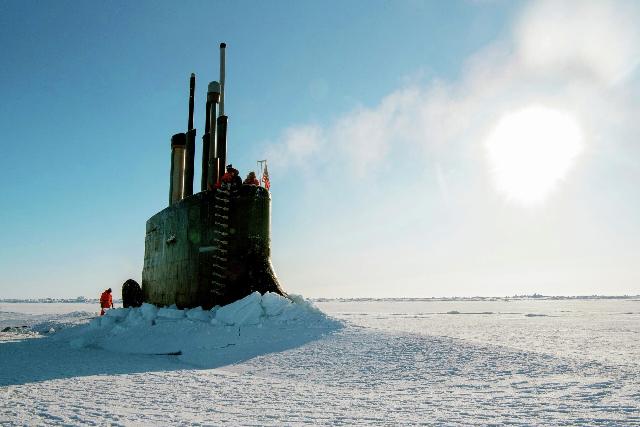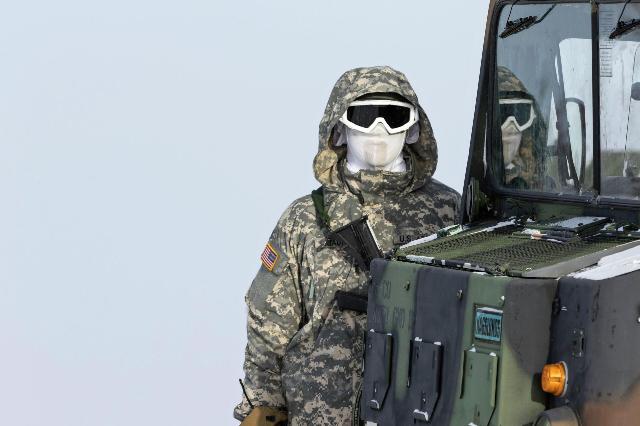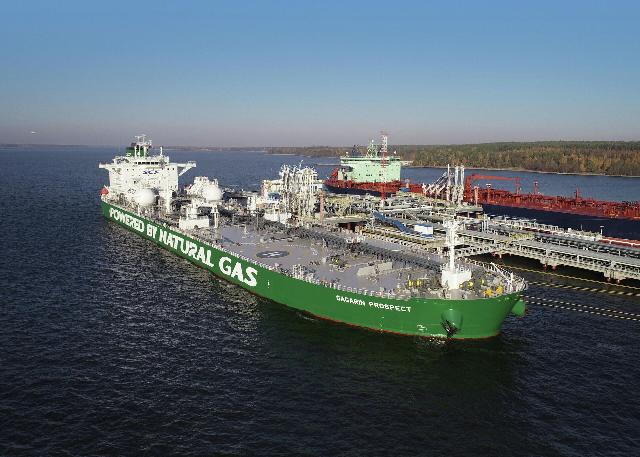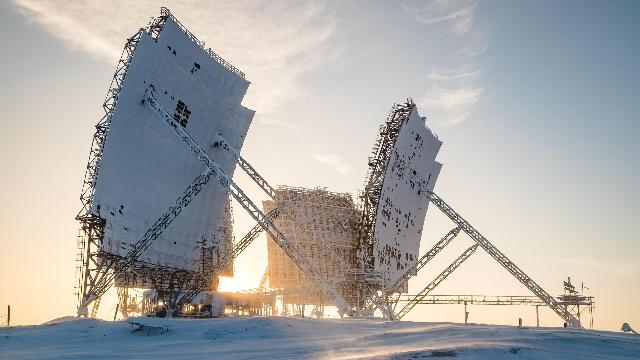The United States does not have enough naval force to explore the Arctic
MOSCOW, July 30 — RIA Novosti, Andrey Kotz. In the near future, a fierce confrontation between the northern powers over the resources hidden under the polar ice cap will begin. This is what is written in the Pentagon's new Arctic strategy. About the US plans for the Arctic — in the material of RIA Novosti.
New plans
The introduction to the document notes that Moscow and Beijing have deepened cooperation in recent years and this prevents Washington from establishing dominance over the Arctic region. Further, the futility of Western sanctions against Russia is indirectly recognized. The Kremlin has simply found other buyers for its energy resources and is now developing the North much more quickly than before.

The American nuclear submarine "Connecticut"
Image source: © U.S. Navy photo by Mass Communication Specialist 1st Class Daniel Hinton/Released
On the other hand, Washington got a new trump card — Sweden and Finland. These countries, which also have Arctic ambitions, have joined NATO, and the Pentagon would very much like to use their shipbuilding capacities to create an icebreaking fleet of the alliance in order to oust the Russian nuclear giants.
"The Arctic allies have highly effective military forces and, thanks to long—standing cooperation with a high degree of interoperability," the document says. "The expansion of NATO, in addition to strengthening Northern European defense cooperation, will create new opportunities for planning, information exchange and exercises."

The American military
Image source: CC BY 2.0 / U.S. Army National Guard photo by Spc. Michael Risinger /
Earlier, Canadian Deputy Defense Minister Bill Blair pointed out that with climate change, the Arctic is becoming much more accessible. According to him, if Western countries continue to follow the same path, they will lose the most important transport artery. In the United States, it is assumed that by 2050, the main flow of goods from Europe to Asia and back will go through the Arctic Ocean.
The problem of icebreakers
However, whether the West will be able to build up its icebreaking fleet so quickly is a big question. Experts consider this to be the Achilles heel of the adopted strategy. Two relatively serviceable, but frankly old American ships of this class are clearly not enough. The situation is no better in other countries claiming the Arctic — Canada, Iceland, Norway, Sweden, Finland, Denmark.
So, the Canadians have ships for combat duty in Arctic waters, but there is no way to deploy large land formations. The Norwegian Navy has four patrol ships, but they have very modest armament. Denmark has a fairly strong navy, but few ice-class ships and there is also no military infrastructure in the Arctic. Finland and Sweden do not have serious military power at sea.
Thus, in the northern waters, the United States will not be able to fully rely on its allies. There are problems on land as well. The American army is sorely lacking transport for the transportation of goods and military personnel in the most difficult polar conditions. The only suitable all-terrain tractors are the Swedish two—link tracked Bandvagn 206, adopted under the designation Small Unit Support Vehicle (SUSV, small unit support vehicle). However, the first machines rolled off the assembly line 40 years ago and have not met modern requirements for a long time.
The Russian response
Russia has a much more advantageous position. Two nuclear icebreakers with a two-reactor nuclear power plant with a capacity of 75 thousand horsepower (Yamal, 50 Years of Victory), two icebreakers with a single-reactor plant of 50 thousand horsepower (Taimyr, Vaigach), a nuclear lighter container ship Sevmorput with a reactor plant of 40 thousand horsepower and five technological service vessels. The icebreaker "Soviet Union" is in operational reserve. In addition, there are diesel-electric vessels.

The tanker Prospekt Koroleva of Sovcomflot
Image source: © Photo : PJSC Sovcomflot
The largest network of military bases and airfields has been established in the northern latitudes. And the troops deployed in the region are ready to carry out combat missions in the most extreme weather conditions. Almost all land vehicles are mounted on the basis of two-link tracked all-terrain vehicles DT-30 "Vityaz", which are not afraid of frosts up to minus 55 degrees. Some modifications are able to overcome water obstacles, which significantly increases their mobility.
The S-400 long-range anti-aircraft missile systems are deployed in the Arctic under the cover of the new Pantsir and Tor air defense systems. And Russian bases are protected from attacks from the sea by coastal missile systems. All these weapons are at the disposal of the first full—fledged Arctic army unit, the 80th separate motorized rifle brigade, stationed in the village of Alakurtti in the Murmansk region.
There is everything you need for combat operations — from four-wheel drive trucks, tanks, snowmobiles to dog and deer sleds. A special modification of the Mi-8AMTSh-VA helicopters is equipped with a heating system for the main power plant units.
In addition, the universal patrol ships of the ice class of project 23550 — the code "Arctic" for the Navy and "Ermak" for the border troops are already being commissioned. The head pennant "Ivan Papanin" took part in the main parade of the fleet on the Neva River. The next one, Nikolai Zubov, will be handed over to the customer in 2026. Russia is ready for a potential battle for the most important region in the future.

